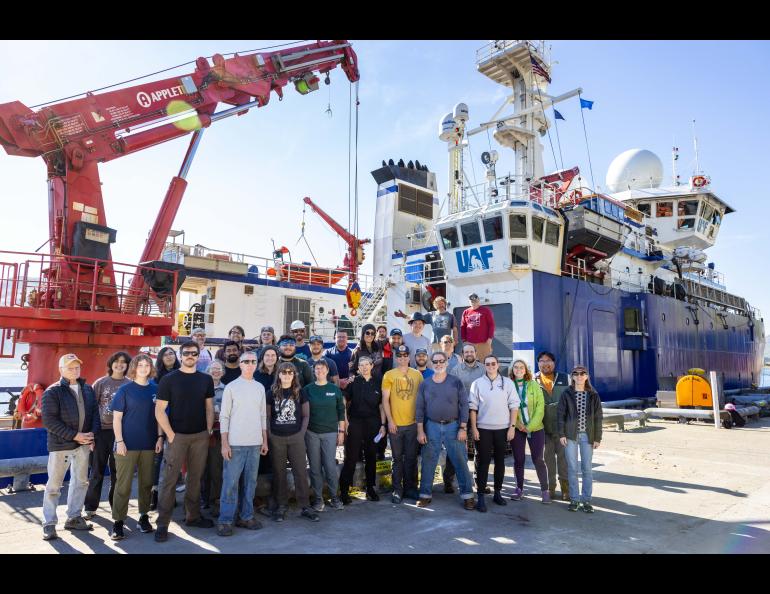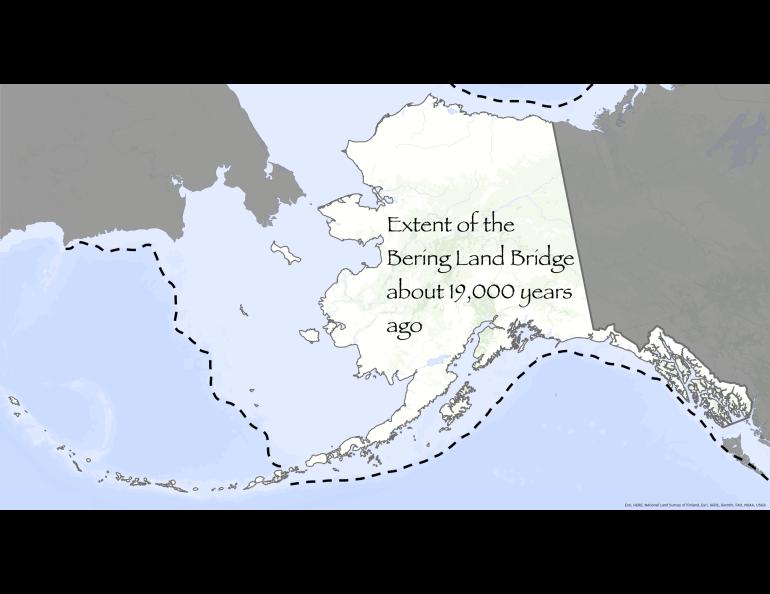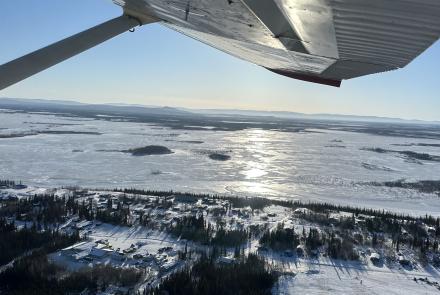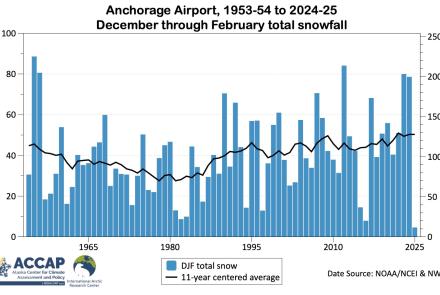


Bering Land Bridge wasn’t such a dry place
Poking holes in the sea floor that used to be part of the Bering Land Bridge, researchers have found that large swaths of it were floodplains pocked with bogs and ponds that may have restricted passage of animals like the woolly rhino and short-faced bear.
Those two species and a few others never seemed to have crossed the land bridge between the grasslands of Siberia and ice age Alaska.
Cores sunk into the ocean floor from the Sikuliaq — the University of Alaska Fairbanks research vessel — hint at an imperfect traveling surface on what was once the land bridge. Most of that land is now under a few hundred feet of salt water — the Bering and Chukchi seas.
“We previously thought the Bering Land Bridge was all a cold, arid, grassland, but we found a lot of woody plants (in our cores),” said Sarah Fowell, a geology professor at the University of Alaska Fairbanks. “It looked like (today’s) Yukon-Kuskokwim floodplain.”
Though some animals like the woolly mammoth and the horse ventured across the land bridge, the wet areas may have been too much of a slog for some other creatures.
“Maybe the reason some animals didn’t cross was because it was a bad time or a bad location,” Fowell said.
These revelations about the Bering Land Bridge originated during a month-long August-September, 2023 cruise of the Sikuliaq. During that journey off Alaska’s western coast, a number of researchers probed the ocean floor that was above sea level during the last ice age thousands of years ago.
As they pulled up cores of mud, scientists were able to perform analysis onboard the ship. What they saw under their magnifying lenses shaped their new view of the Bering Land Bridge. They found evidence of spruce, alder and birch trees, as well as mosses and other plants that grow in the wetter regions of Alaska today.
“We were very excited on the ship to find evidence of wetland, pond, and bog ecosystems,” Fowell said.
The scientists also got a hint of when salt water inundated certain parts of the land bridge.
Sara Datson was on the same cruise as Fowell in August 2023. From the ship, the UAF master’s student helped sink two cores in ancient lake basins now under salt water about 25 miles west of Nome.
Datson and others pulled up two plugs of sediment, each about 9 feet long.
As she analyzed them in the lab, Datson noticed an abrupt change about 2 feet beneath the ocean floor. There the core went from mud that held remains of freshwater organisms to sand that contained marine algae.
That transition — which scientists recently dated to 10,000 years ago — shows when ocean waves began lapping at a former shoreline west of Nome as ice sheets melted and sea level rose.





